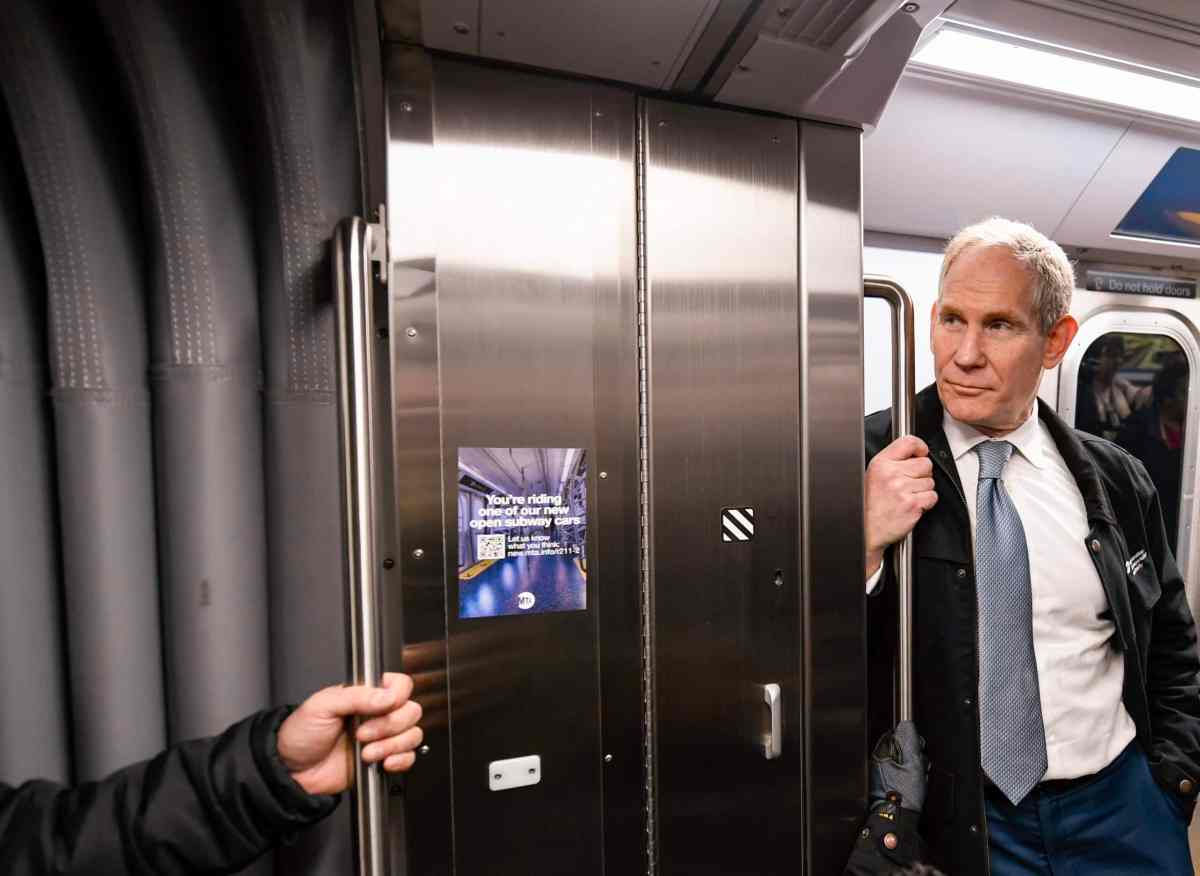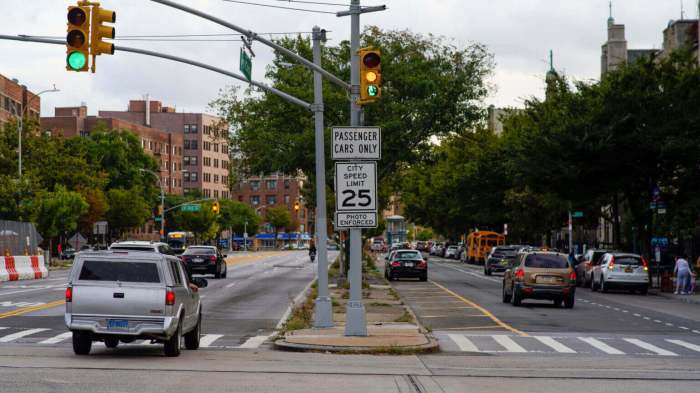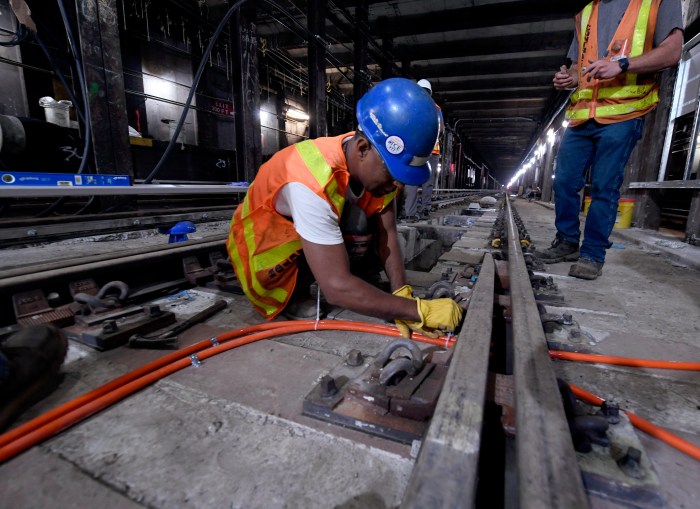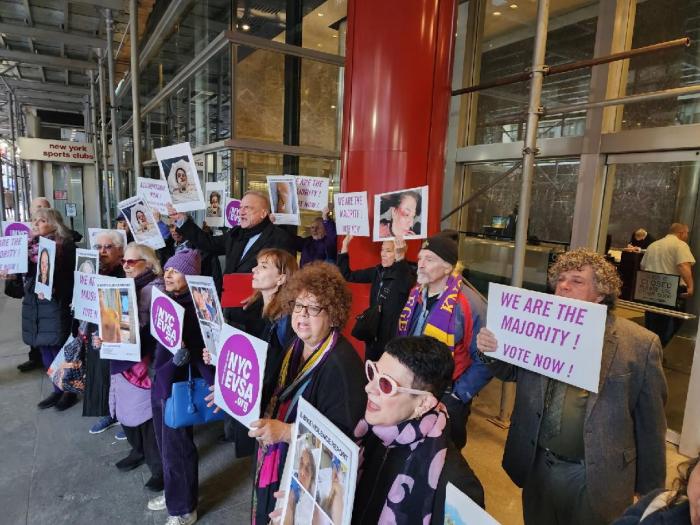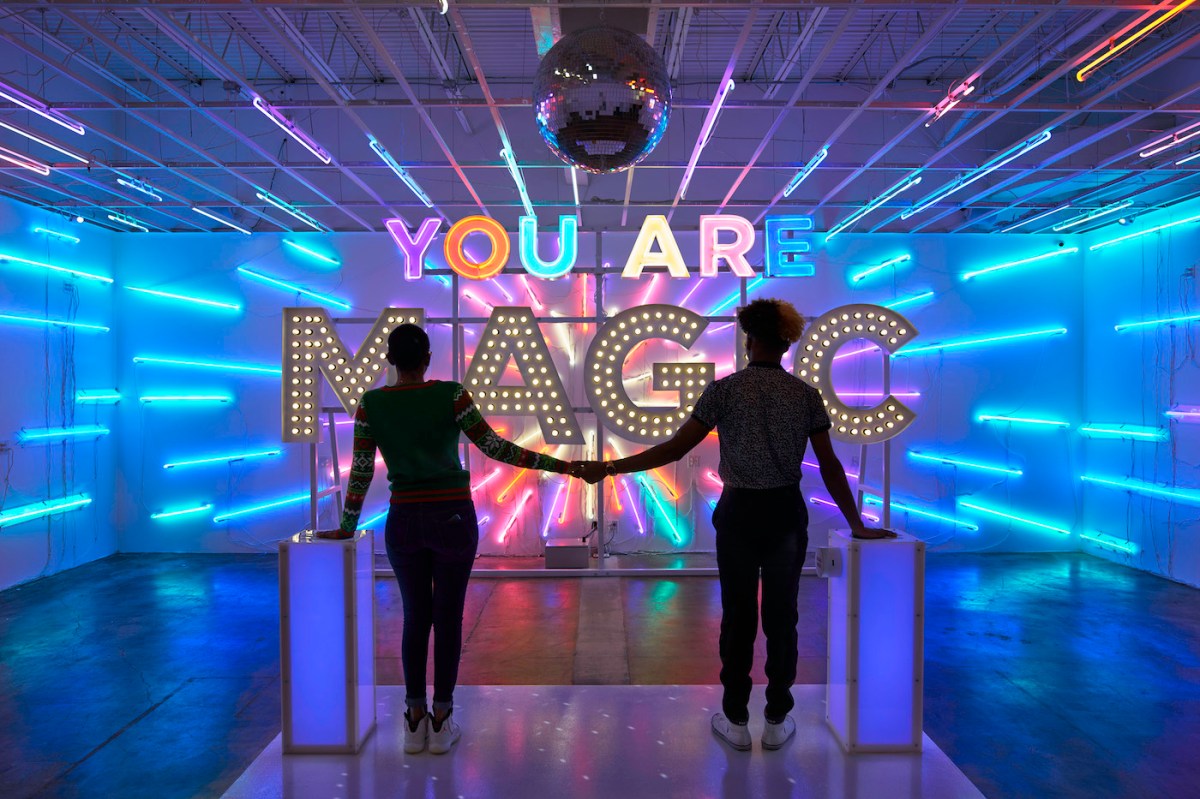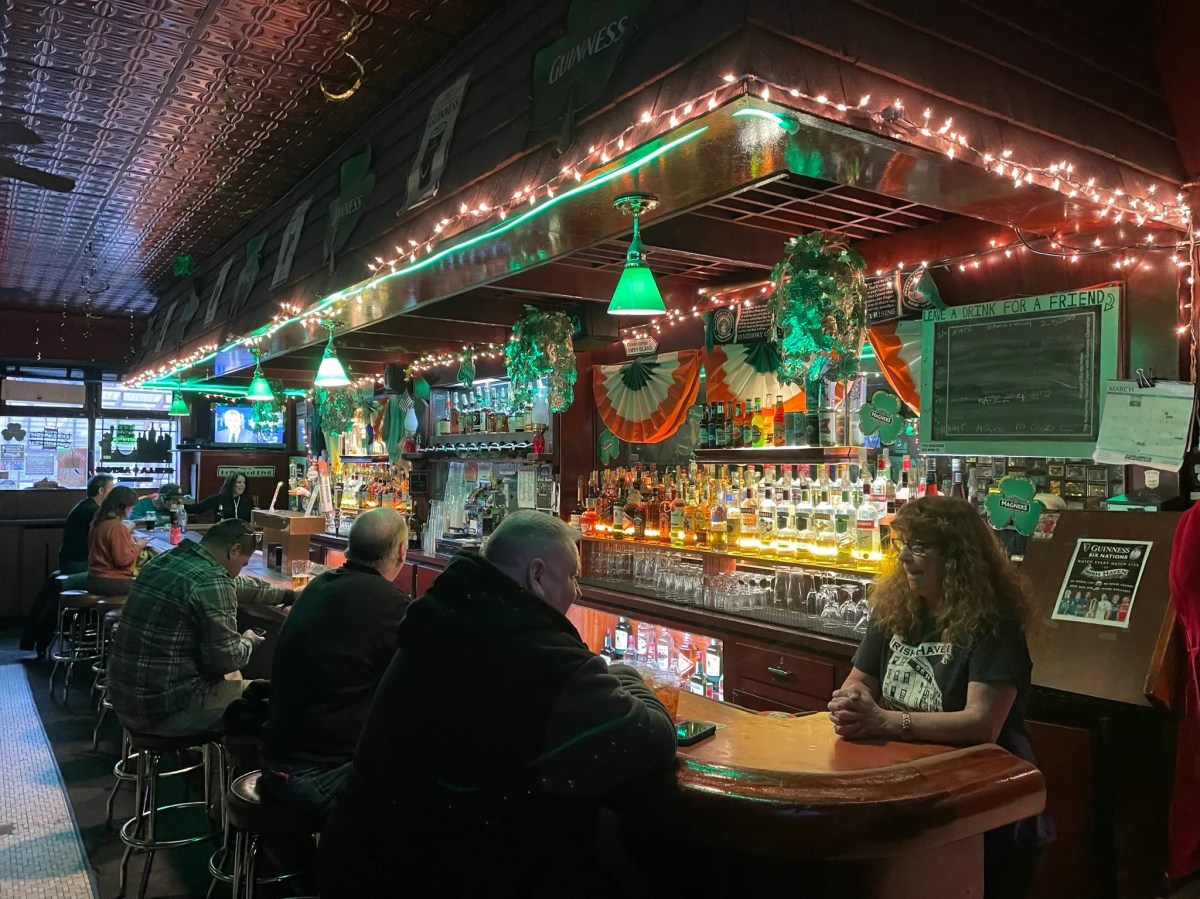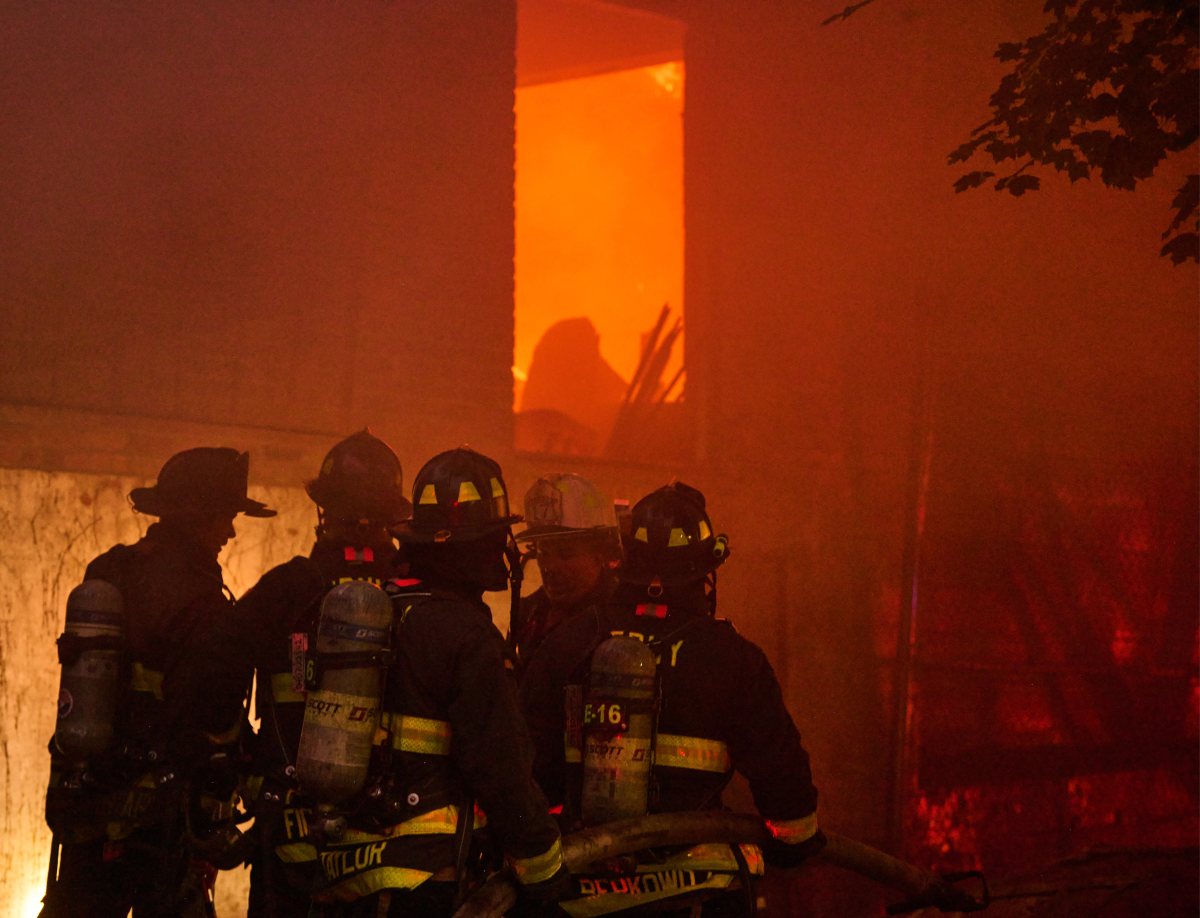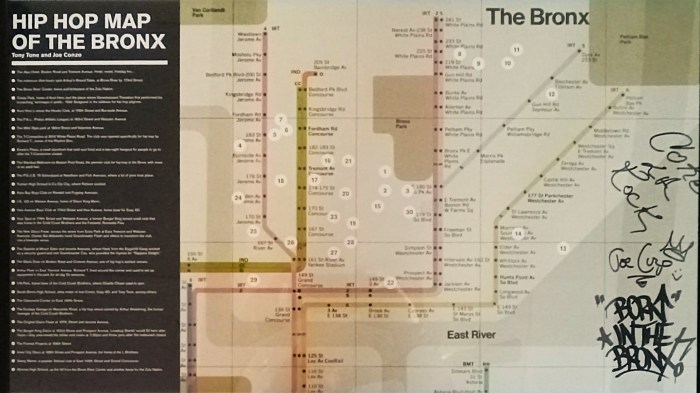New year, new MTA, new train cars.
Riders on the C line may have noticed open gangway cars now in service as part of a pilot program to test out designs for the next generation of subway cars. I was there last week for the inaugural ride with Governor Hochul; she understands how it important it is to bring our system into the 21st century.
Right now, the average MTA subway car is 25 years old, with the oldest model – the R46 – pushing 50. As the MTA’s recently released 20-Year Needs Assessment pointed out, we need to acquire thousands of new cars in the coming years, and they need to be the most advanced designs. Open gangways have been working in cities like Berlin, Paris, and London for years; now it’s time to see if they can work in New York City.
The new MTA isn’t afraid to try new things. Look at how we’re providing more subway service on 11 lines and running 40% more LIRR service while, I might add, preparing to implement bus service increases as part of our borough-by-borough bus network redesigns in the run up to congestion pricing. Best of all, we’re doing it while spending 3% less than before COVID. You can read more about our successes in the MTA’s 2023 Annual Report, now available online.
But it all comes down to our willingness to innovate — whether it’s keeping costs low for riders with City Ticket and giving automatic free rides through our tap-and-go OMNY system or opening 15 in-station Customer Service Centers throughout the City.
Our most serious challenges especially require innovation. On platform safety, this month we started testing low-tech, easy-to-install platform barriers that were designed in-house at three stations while continuing to advance pilots of platform screen doors at several other locations.
And on fare evasion, we’ve been trying out new wide aisle gates at Sutphin Blvd-Archer Ave. They’ve come in for some criticism – justifiably — since they do bring some new vulnerabilities that we are now addressing. But flawed as they may be, they’re having an impact. Fare revenue jumped 20% just from getting rid of slam gates, the super highways of fare evasion.
Not every experiment is going to be perfect, but that’s no reason to sit on our hands. Millions of riders every day depend on us to deliver, and the need for creativity and innovation will only grow as our ridership rebound continues. Creating a better transit system requires bold thinking and the new MTA is all about trying smart ideas.
Janno Lieber is MTA chair and CEO.



